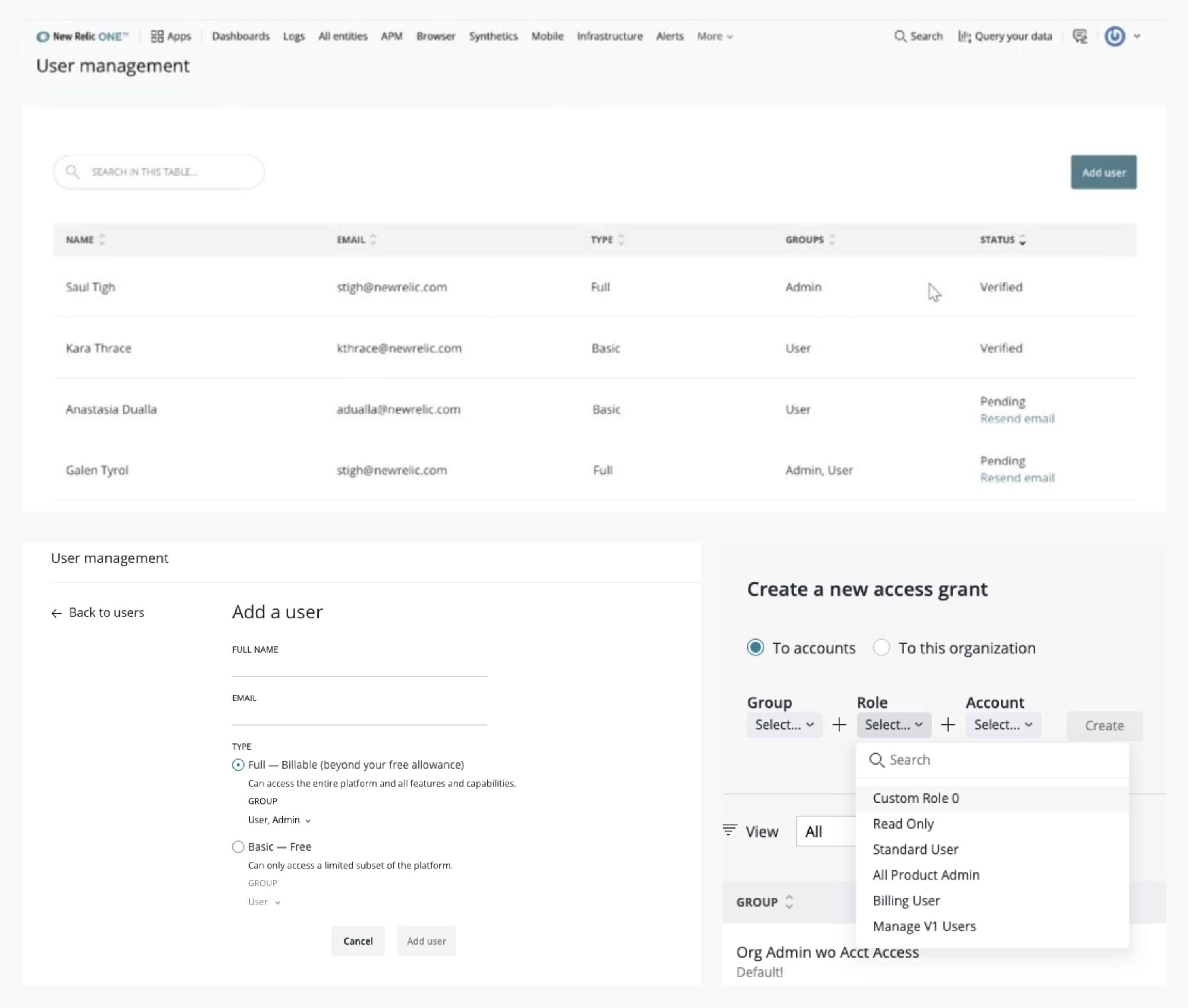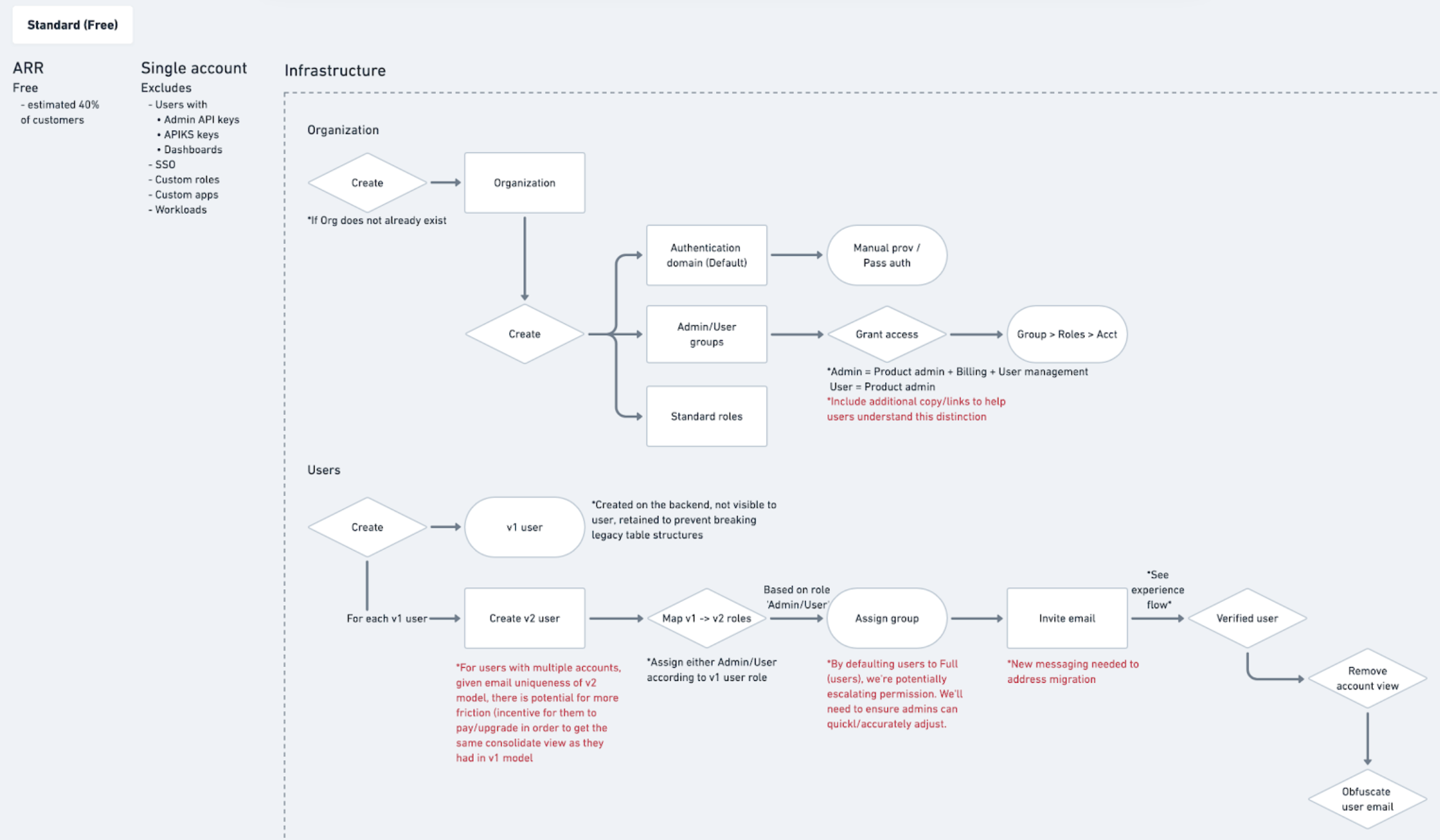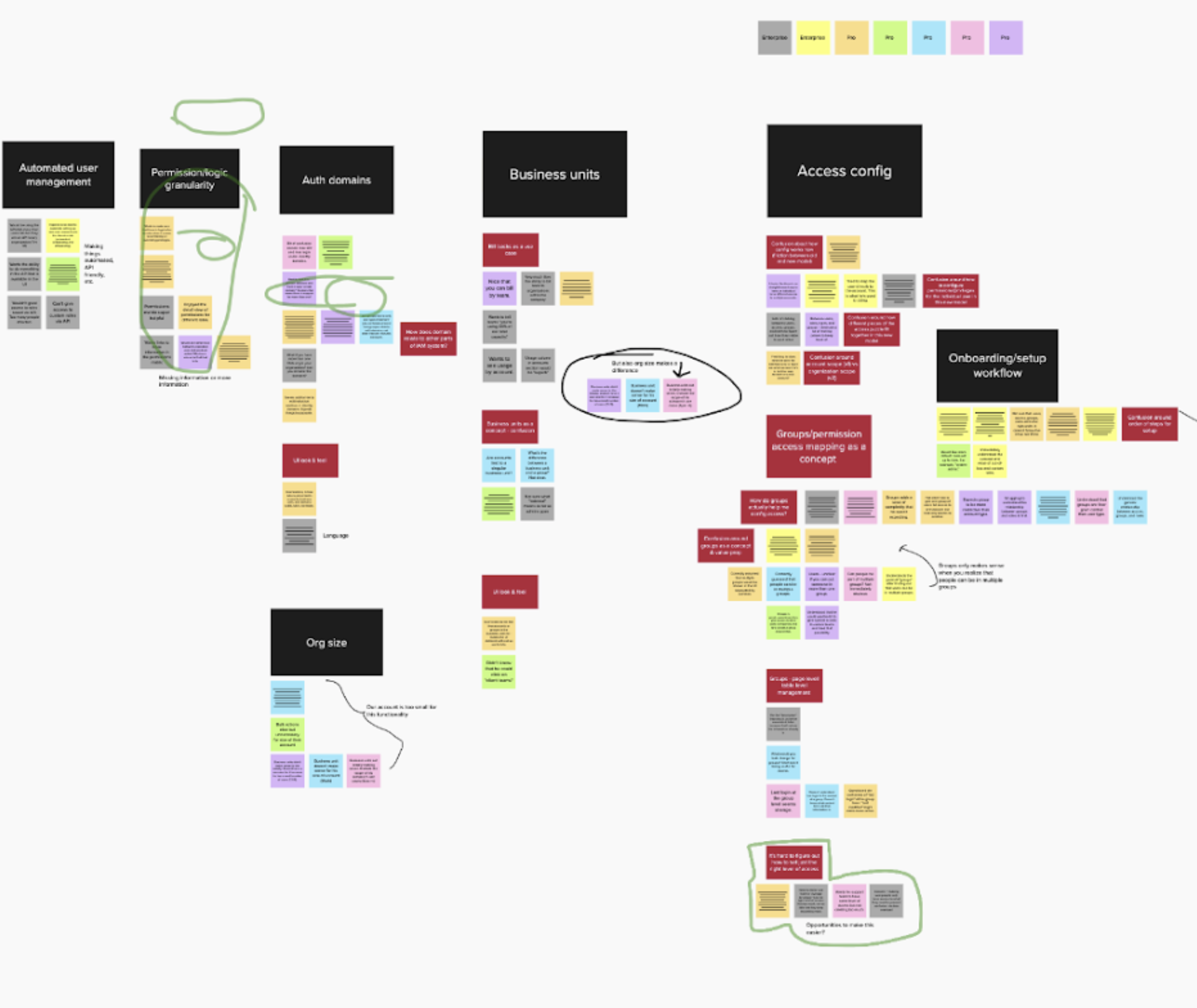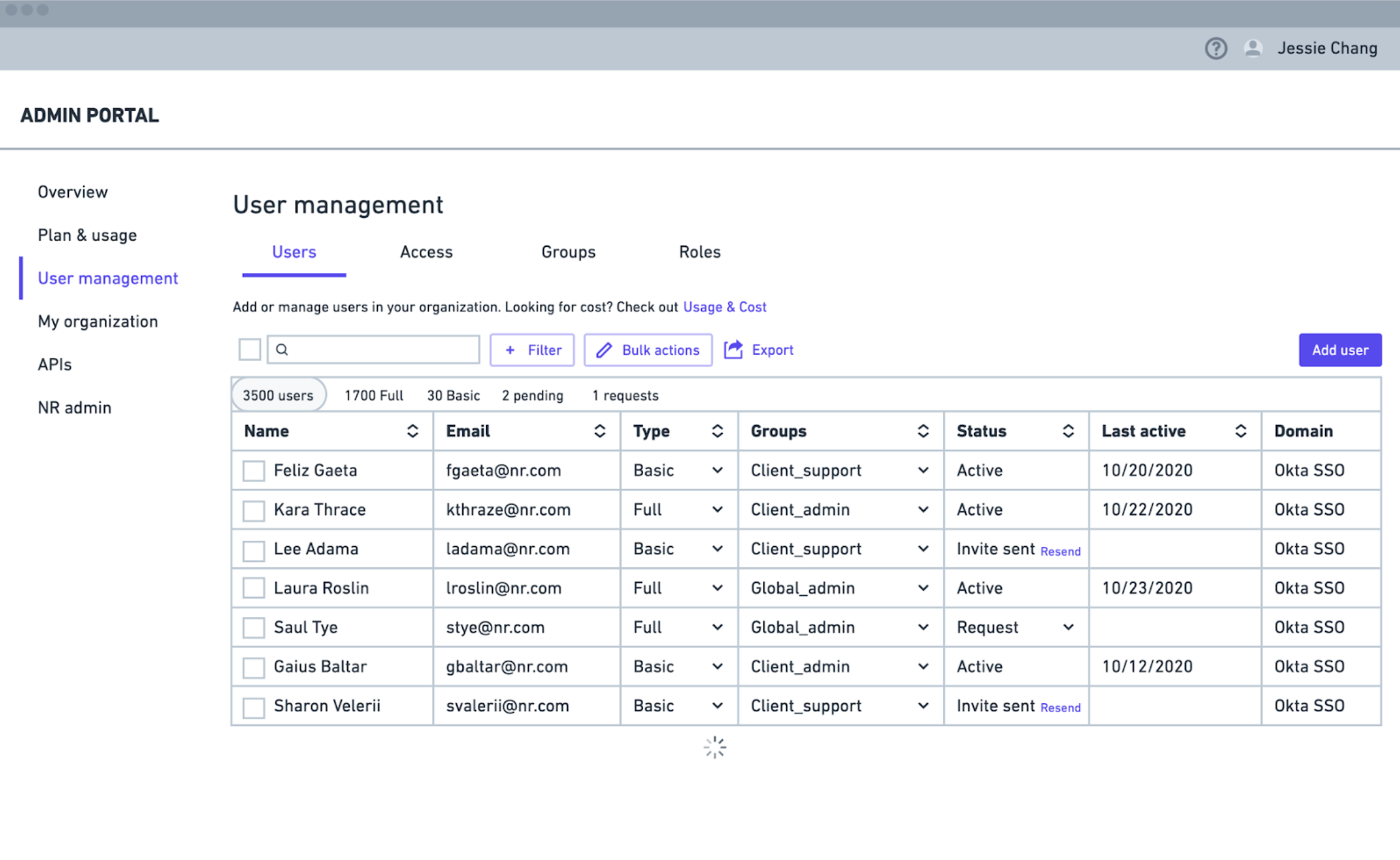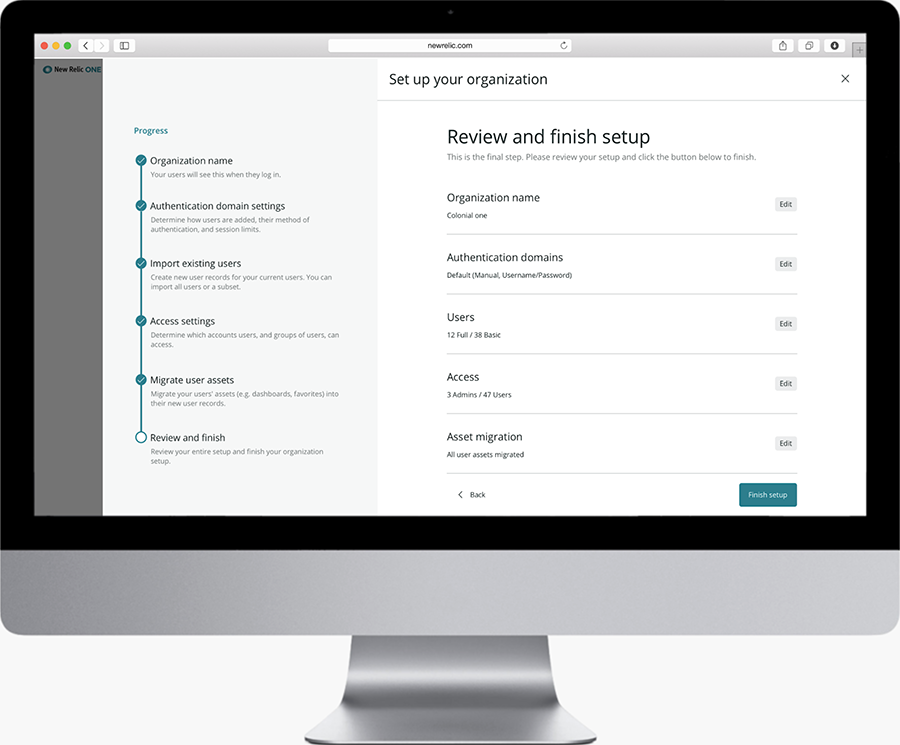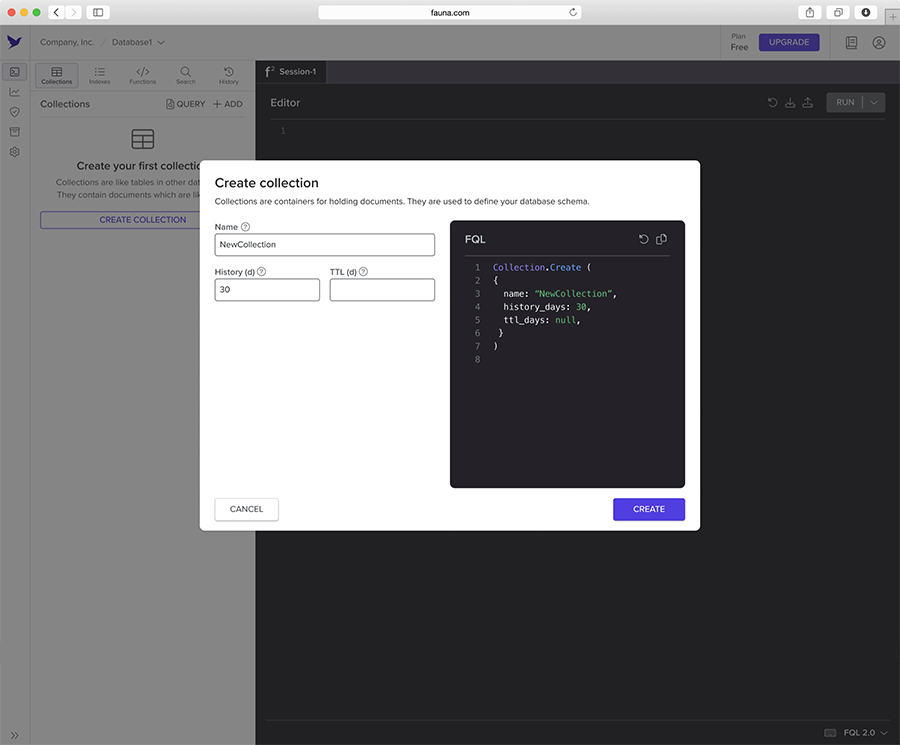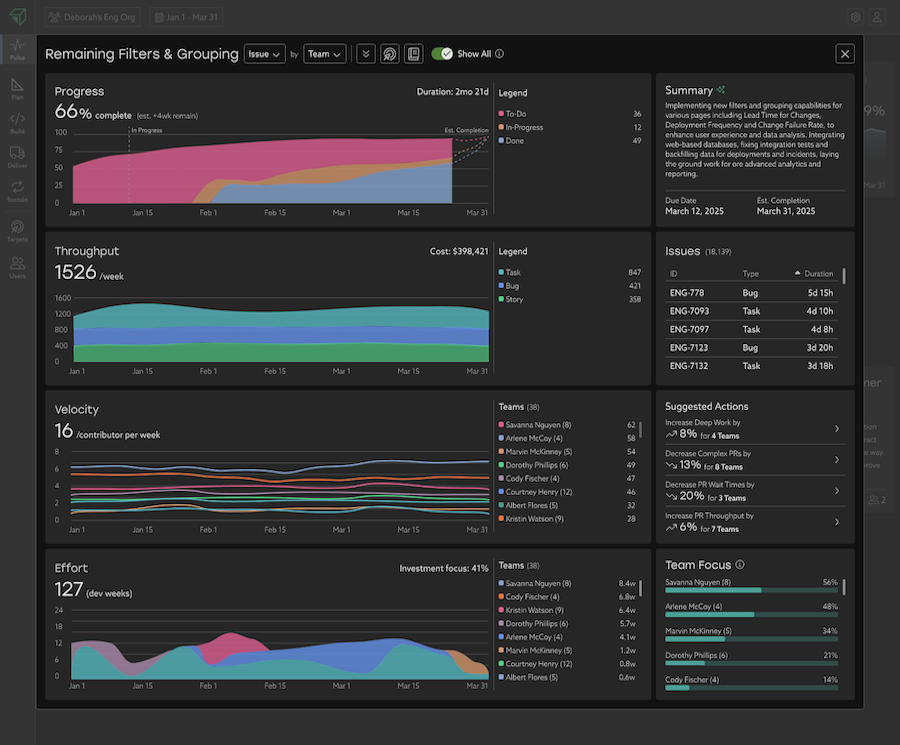Observability Platform | 2020
New Relic
I led a full redesign of IAM tools, creating a scalable permissions model that aligned with enterprise needs and New Relic’s user-based pricing strategy. To drive adoption of paid features like SSO and automated user management, I designed an automated migration flow that enabled 90% of New Relic's users, over 4 million records at 16,000 orgs, to transition seamlessly in just 3 clicks.
